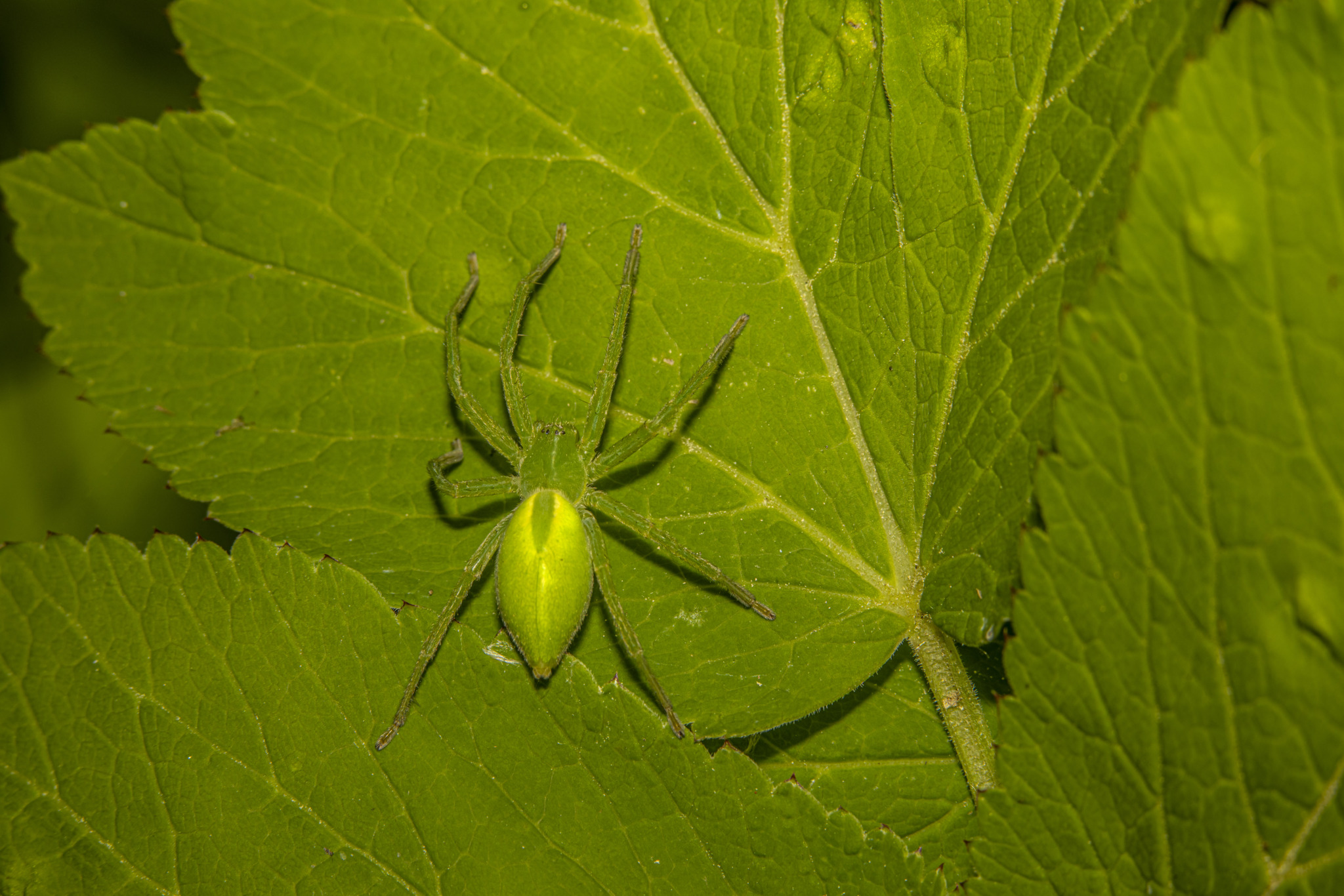Spiders are fascinating arachnids belonging to the order Araneae, characterized by their eight legs, segmented bodies, and ability to spin silk webs. With over 48,000 described species found in virtually every habitat on Earth, spiders are incredibly diverse and play vital roles in ecosystems as predators of insects and other arthropods.
Here are some key features and characteristics of spiders:
- Body Structure: Spiders have two main body parts: the cephalothorax (head and thorax fused together) and the abdomen. Their eight legs are attached to the cephalothorax, which also houses their mouthparts and sensory organs.
- Silk Production: Spiders produce silk from specialized glands located in their abdomen. Silk is used for a variety of purposes, including building webs for catching prey, constructing egg sacs, and creating retreats or draglines for movement.
- Predatory Behavior: Spiders are carnivorous predators that primarily feed on insects and other small arthropods. They use a variety of hunting techniques, including ambush, stalking, and web-building, to capture their prey.
- Venom: Most spiders possess venom glands and fangs used to immobilize and subdue their prey. While some species have venom potent enough to affect humans, the majority of spiders are harmless and their bites are no more harmful than a bee sting.
- Reproduction: Spiders reproduce sexually, with males transferring sperm to females through specialized structures called pedipalps. Females may lay eggs in silk egg sacs, which they guard and protect until the spiderlings hatch.
- Habitats: Spiders can be found in a wide range of habitats, including forests, grasslands, deserts, wetlands, and even human-made structures. They are highly adaptable and have colonized virtually every terrestrial environment on Earth.
- Ecological Importance: Spiders play crucial roles in controlling insect populations, helping to regulate ecosystems and prevent pest outbreaks. They are also important prey for birds, reptiles, amphibians, and other predators.
- Cultural Significance: Spiders have long been featured in folklore, mythology, and art, often symbolizing patience, creativity, and resourcefulness in various cultures around the world.
Overall, spiders are remarkable creatures that contribute to the balance and biodiversity of ecosystems. Despite their often misunderstood reputation, spiders play essential roles as predators and serve as valuable subjects for scientific study and ecological research.
Views: 72
Subscribe to the newsletter:
